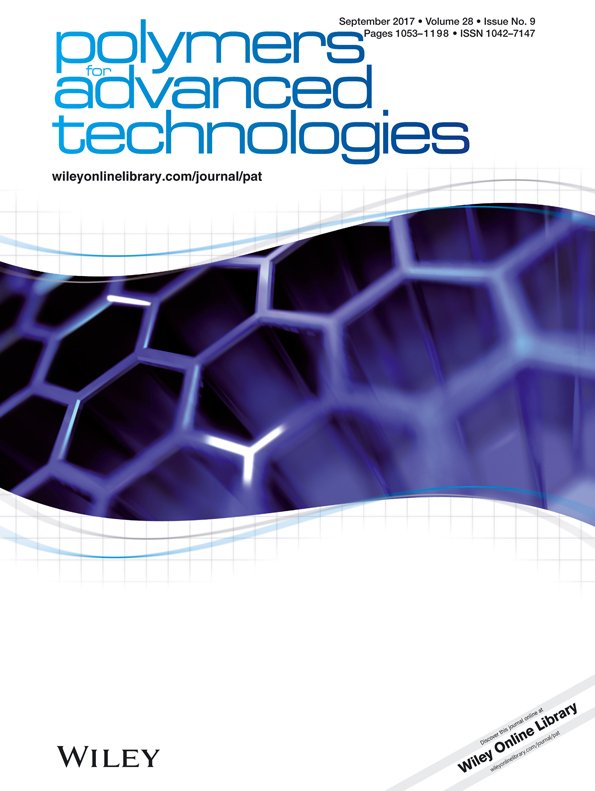PANi/PAN copolymer as scaffolds for the muscle cell-like differentiation of mesenchymal stem cells
Abstract
Nowadays, regeneration medicine or skeletal muscle tissue engineering can be a useful solution for the replacement of damaged or lost tissue. This study was carried out to evaluate the human bone marrow-derived mesenchymal stem cells differentiated into muscle-like cells on polyaniline (PANi)/polyacrylonitrile (PAN) copolymer conductive. After electrospinning of biocompatible PANi/PAN copolymers, they were modified by non-thermal oxygen plasma. The scaffold was characterized by scanning electron microscope (SEM), contact angle, and attenuated total reflectance-Fourier transform infrared spectroscopy. Cytocompatibility and viability of mouse fibroblast cells and mesenchymal stem cells were conducted by 3-[4,5-dimethylthiazol-2yl]-2,5-diphenyl tetrazolium bromide assay. 4,6-Diamidino 2-phenylindole and SEM tests were performed to determine the cell survival on scaffolds. Reverse transcription polymerase chain reaction and immunocytochemistry assay performed to ensure that mesenchymal stem cells differentiated into muscle-like cells. SEM images of PANi/PAN nanofibers, contact angle, and attenuated total reflectance-Fourier transform infrared spectroscopy showed that oxygen-treated plasma scaffolds have more favorable hydrophilic structure. The test results of cell culture, 3-[4,5-dimethylthiazol-2yl]-2,5-diphenyl tetrazolium bromide assay, SEM, and 4,6-diamidino 2-phenylindole showed that the cells have proliferated well on the scaffolds and have good adhesion, so nanofiber could support the cellular growth. After 21 days of induction of muscle differentiation, expressions of α-ACTININ, MYOSIN, and MYOGENIN genes were confirmed by reverse transcription polymerase chain reaction and expressions of M-cadherin and troponin were approved by immunocytochemistry test. According to our data, PANi/PAN scaffolds promoted and supported mesenchymal cells to muscle-like cells. Therefore, the scaffolds were able to perform as substrates for soft tissue engineering. Copyright © 2017 John Wiley & Sons, Ltd.




